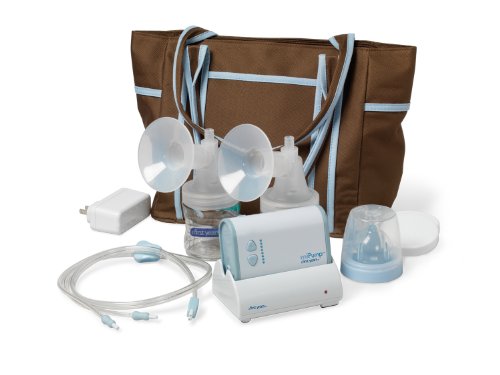The wine bottle has had a long and interesting history. Ever since the Romans discovered that glass was a good medium to store wine, wine bottles have evolved into the ones we use today. Glass bottles are still the best way we have to store and preserve wine.
Until the Romans became powerful, wine was saved in amphorae (clay flasks). The Romans developed glass blowing and quickly found glass to be a good medium for storing wine because it didn't affect the wine's flavor and you could see what wine was inside the bottle. The Speyer museum in Germany has a glass amphora from the 2nd century, full of coagulated wine. They used a layer of oil as an insulator to prevent the wine from evaporating; as when the oil came into contact with air it hardened until it became a real resin. Glass bottles used for pouring and preserving wine were found in Pompeii, which was destroyed in 79 A.D.
Wine bottles varied greatly in size so that consumers never exactly knew how much wine they were getting. Because of this, consumers had to bring in their own containers for a measured amount of wine to be poured into; it was illegal to sell wine in bottles.
Bottles were originally onion shaped because this shape was easy to blow. After some experimentation, about the beginning of the 1500's, it was found that a longer flatter bottle was better for storing wine on its side, which helped the wine age properly and keep the cork wet. Bottles with elongated bodies and smaller necks were more suitable for transportation and long-term storage. During this period, bottles were used for serving wine.
The real "wine bottle" was produced by Sir Kenelm Digby in 1652, but it seems that John Colnett was the one who patented it in 1661 and took all the credit for it. This bottle was made of dark, strong, heavy glass with a ball shaped body that had a slight punt at the bottom to give the bottle stability. A ring was applied around the neck, a few centimeters from the bottle's mouth in order to strengthen the neck and to hold the string that held and blocked the cork. During the next 30-40 years, the body became elongated and the neck became shorter to improve its stability. The bottles at that time were prepared with charcoal molten glass which made them very fragile. In 1615 King James 1 prohibited the use of wood and charcoal in the glassworks and forced the use of mineral coal. This led to bottles being prepared by melting silica at higher temperatures which gave greater sturdiness and resistance to the glass.
This "English bottle" did a lot to solve the problem of storage, preservation, and transportation of wine, and soon became popular throughout Europe. At that time, bottles were hand processed and capacity could not be controlled. They were very often customized with a glass stamp showing the proprietors monogram or trade mark, or the wine's vintage. These wine bottles, blown in wooden moulds, allowed bottles to be sold with their contents for the first time. These bottles first spread from England to France, and then, at the end of the 18th century, to Germany and Italy.
It arrived in France at the same time that initial trials were being made to find bottles suitable for the production of Champagne. Only in the beginning of the 18th century were bottles produced that were robust enough to resist the high pressure of Champagne. It was with Champagne that the true long term preservation of wine was started.
In the 1800's, people found ways of making standard sized bottles. Bottles eventually became between 700ml and 800ml because that was a size that was easily made, and also easy to carry; although other special sizes did exist. In 1979, as part of the push to become metric, the US started to require that all bottles be exactly 750 ml. About the same time the European Union also asked their winemakers to settle on a standard size. The 750 ml bottle size has become adopted by many countries so that winemakers can ship their goods to the U.S. easily.
Towards the middle of the 18th century, the diameter of the bottom of wine bottles was gradually reduced, and their height increased, which meant that the neck was shortened but storage in the cellar was far easier. Wine bottles, and quality wine, became very popular. Development and differentiation in the shape of bottles improved their quality; there was a constant distribution and thickness of the glass, a sturdy and safe closure, and an even color. Specific bottles were used to produce wines from different regions. Typically these bottles were the result of farmers who made wine and also manufactured bottles to earn an extra income.
It was in the middle of the 19th century that glass was produced using semi-automatic or almost industrial processes, and from the beginning of the 20th century, automatic machines were used. There was almost a sudden leap from the hand-made product to mechanical production, and glass-making technique improved rapidly with mechanization.
Wine bottles have come a long way over the years. They have gone from onion shaped bottles (easy to blow) to longer and flatter bottles (better for storing wine on its side) to standard sized bottles. They have gone from hand processing to fully automatic mechanization. Bottle-makers have allowed the long term preservation of wine by improving it's storage and transportation. Enjoy.
 | Price : $99.99
| Price : $99.99








